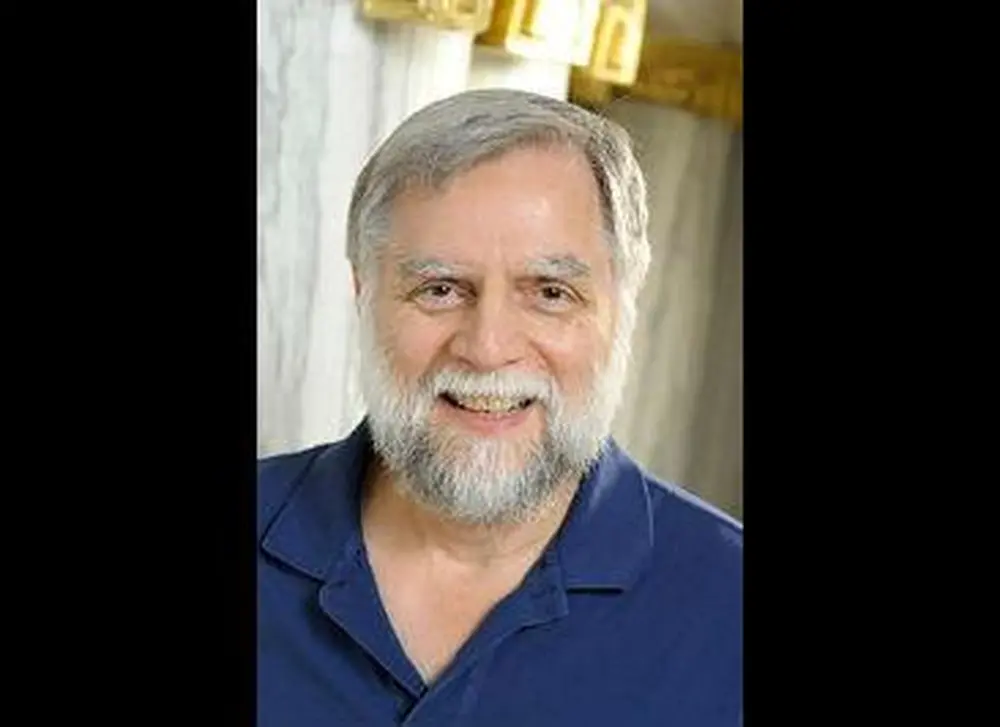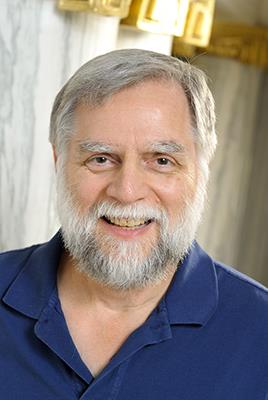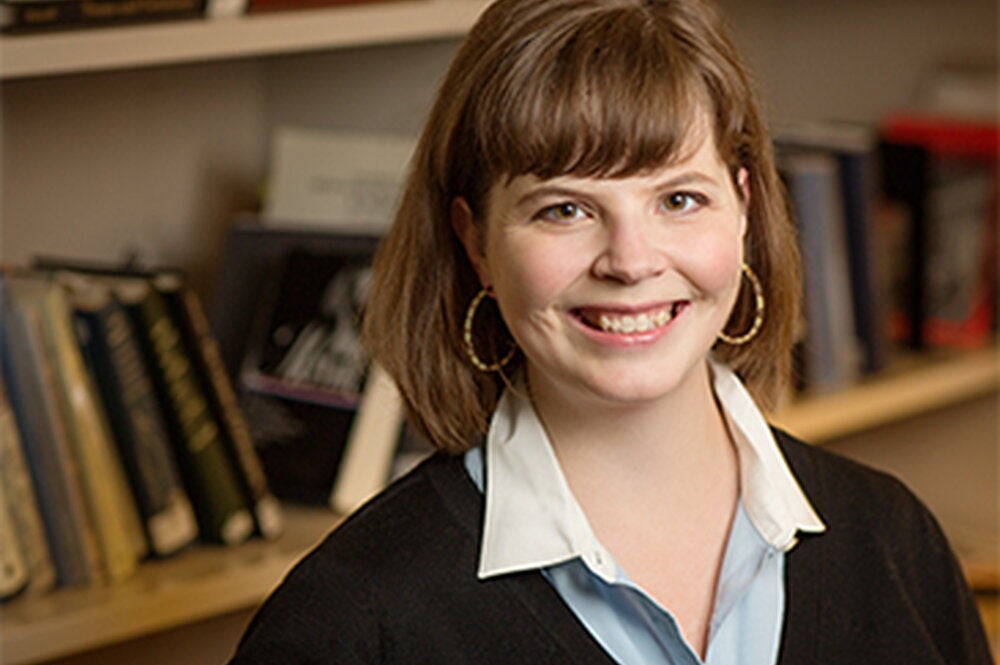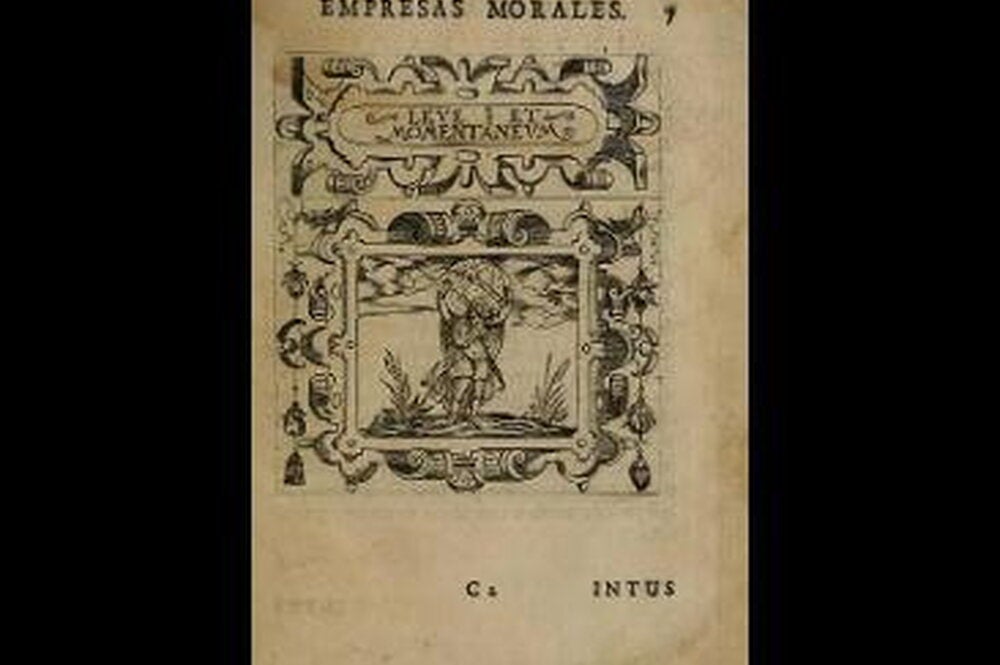

In a world of tweets and text messages, it’s hard to imagine the effort that goes into writing long letters by hand, let alone one in which a man goes on for many pages, calling his lady “his heart’s life, his desire, his sorrow’s cure.“ Today, most text messages say all of that with a smiley face symbol.
According to Martin Camargo, University of Illinois professor of medieval studies, English, and classics, letter writing in the Middle Ages was a form of literature, with its own specialized structure. Over Camargo’s career, he has become well known as an expert on medieval rhetoric—and on both Latin and Middle English letters, in particular. (Middle English was the period of the English language from the 12th through the 15th centuries.)
Camargo has been serving as the interim associate dean for humanities and interdisciplinary programs since August of 2014. But his links to the U of I go back to his graduate school days, when he received his PhD in English from Illinois in 1978.
He grew up in Queens, Islip, and White Plains, New York, where he fostered a love for language from an early age. His father, a native of Colombia, South America, spoke Spanish, so Camargo studied the language, and years later he also studied French and German. In addition, by growing up Catholic in the pre-Vatican II days, he heard Latin at Mass, and he studied Latin in all four years of high school. But it wasn’t until the summer between his junior and senior years at Princeton University that he set his sights on literature.
During that summer, Camargo says he first read the writings of the famous Italian poet, Dante, and “I loved it. I was struck by the beauty and structure of the language, and the complexity of thought.” As he put it, reading Dante was “summer reading that touched a nerve.”
Camargo received his bachelor’s degree in philosophy from Princeton, but discovering Dante sent him off in the direction of medieval literature. This drew him to the U of I for his PhD because Illinois has a strong English department and one of the best libraries in the country.
It was at Illinois, while working on his thesis, where he first came across a history book with a chapter about letters written by medieval students.
“Some of the medieval letters were written to parents, some to friends, some to teachers, and some to girlfriends,” he says. “In fact, that last category—love letters—turned out to be important, so my idea was to do a dissertation on the letter as a literary form.”
He spent a year in Paris doing research at the National Library of France, which has one of the world’s richest collections of medieval letters. He focused on a collection of several hundred model letters, which were used to teach students the art of letter writing, following a five-part structure.
He says that some of the love letters written in Latin during the medieval period were more like “sermons” on the nature of love, such as one 20-page, 14th-century letter. Camargo says this writer apparently tried to assemble all that was known about the subject, citing everybody from Aesop and Aristotle to Horace, Ovid, and the Bible.
One of the first and most important tasks of any writer of love letters was to acquire the beloved’s goodwill, and that sometimes meant lavish praise for his or her physical beauty, nobility of birth, talents, and accomplishments.
“Some love letters, in fact, contain little else,” Camargo says. Other letter writers tried to appeal to sympathy, such as one unrequited lover who claimed “that he is already half dead since his soul has left his body to take up residence with his lady. Because his life depends on her decision to love him or not, he begs her to look favorably on him.”
Camargo is also known as a specialist on Geoffrey Chaucer, which is only fitting because Chaucer has been described as “England’s Dante.” Chaucer, the most prominent Middle English writer, is best known for The Canterbury Tales; however, during his lifetime his greatest hit was the epic poem, Troilus and Criseyde, which triggered the 15th century’s obsession with love letters, Camargo says. This poem tells the tragic love story of Troilus, a Trojan warrior who exchanges love letters with Criseyde, the daughter of a Greek soothsayer.
“The popularity of the love letter was in direct response to Troilus and Criseyde,” Camargo points out.
Camargo spent much of his career—23 years—teaching English at the University of Missouri, and he even served as department head before being lured back to Illinois in 2003.
At the U of I, he was head of the English department for one term, from 2003 to 2008, and then returned to teaching and research before taking on the associate dean position in 2014. Today, he works with 24 different units in humanities and interdisciplinaryprograms.
Camargo says that he is somewhat an anomaly among those who have a passion for language. People with an affinity for languages often have a knack for math, but he says that has always been one of his weakest subjects.
“I was a trial to my guidance counselors because my lowest grades were always in math, and the counselors said the two fields should track together,” he recalls. ”But as I always liked to tell them, ‘I don’t know of any great literary works written in math.’”


